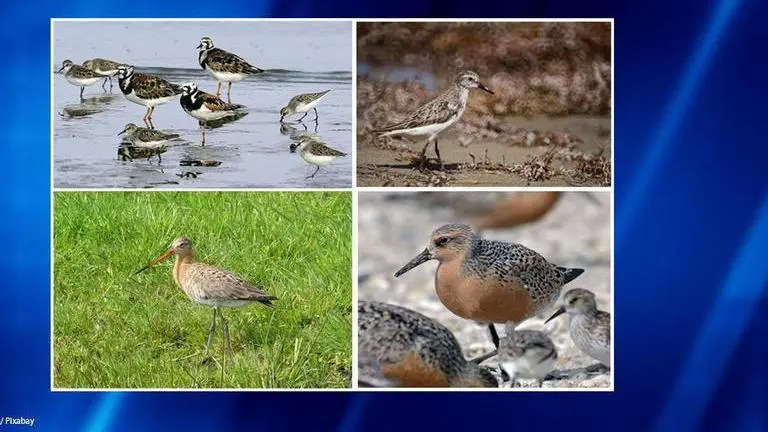Updated 23 May 2020 at 12:33 IST
Endangered shorebirds hunted in large numbers during annual migration to Australia: Study
Endangered shorebirds flying across the oceans to visit Australia are being hunted down on their annual migration route, study reveals.
- World News
- 3 min read

Endangered shorebirds flying across the oceans to visit Australia are being hunted down on their annual migration route. According to a study that analysed data from 14 countries over the decades, more than 17,000 birds from 16 species were killed at three specific sites – Pattani Bay in Thailand, West Java in Indonesia and the Yangtze River delta in China.
Terming the hunting rate as 'terrifying' Prof Richard Fuller, a co-author of the study, said that hunting is going on at hundreds of other sites around the flyway. It’s highly likely that unsustainable hunting levels are being executed for many species he added. The East-Asian-Australasian Flyway is used by all the birds at the time of migration and it is one of the nine recognised migratory routes around the globe.
The study mentions that under Australia’s environmental law two bird species - the far eastern curlew and the great knot are listed as 'critically endangered'. Great knots breed in the high Arctic and far eastern curlews in south-east Russia and north-east China all more than 10,000 km from their summer layovers in Australia.
Advertisement
Fuller mentioned that shorebird numbers are fast declining and developments around the Yellow Sea, where many of the migrating birds stop to rest had, have robbed them of about two-thirds of the intertidal mud-flats over the past 50 years. Far eastern curlew numbers had fallen by about 80% in the past 30 years, he said, and the species was listed as critically endangered in Australia in 2015.
The researcher further added that hunting records were still too scattered to be confident of the impact on the shorebirds, but he believes that at least three-quarters of the 61 species that use the flyway were likely being hunted.
Advertisement
The only place where hunting records came from the regulated activity was in the Yukon-Kuskokwim delta in Alaska, where indigenous people hunted bar-tailed godwits for food, added Eduardo Gallo-Cajia who coordinated the study over five years before it appears in the Biological Conservation journal.
Most of the remaining hunting along the flyway stretches across 22 countries and Taiwan which was unregulated and likely illegal, Gallo-Cajia said. Some 61 species were being affected, 37 of which were seen on Australian shorelines.
According to the latest evidence of 2019, far eastern curlews were being shot in the Kamchatka peninsula in eastern Russia as they gathered among larger flocks of whimbrels. The study discovered there was a lack of coordinated monitoring along the flyway, despite at least 12 of the 61 species appearing on the International Union for Conservation of Nature’s red list of threatened species.
Meanwhile, two task forces have been set up to record hunting impacts; one as part of a voluntary organisation of countries covered by the flyway and another under the UN’s convention on migratory species.
The bar-tailed godwit, black-tailed godwit, red knot, curlew sandpiper, red-necked stint, Asian dowitcher, and grey-tailed tattler are the other hunted shorebirds that visit Australia and that appear on an international list of vulnerable species.
Published By : Brigitte Fernandes
Published On: 23 May 2020 at 12:33 IST
